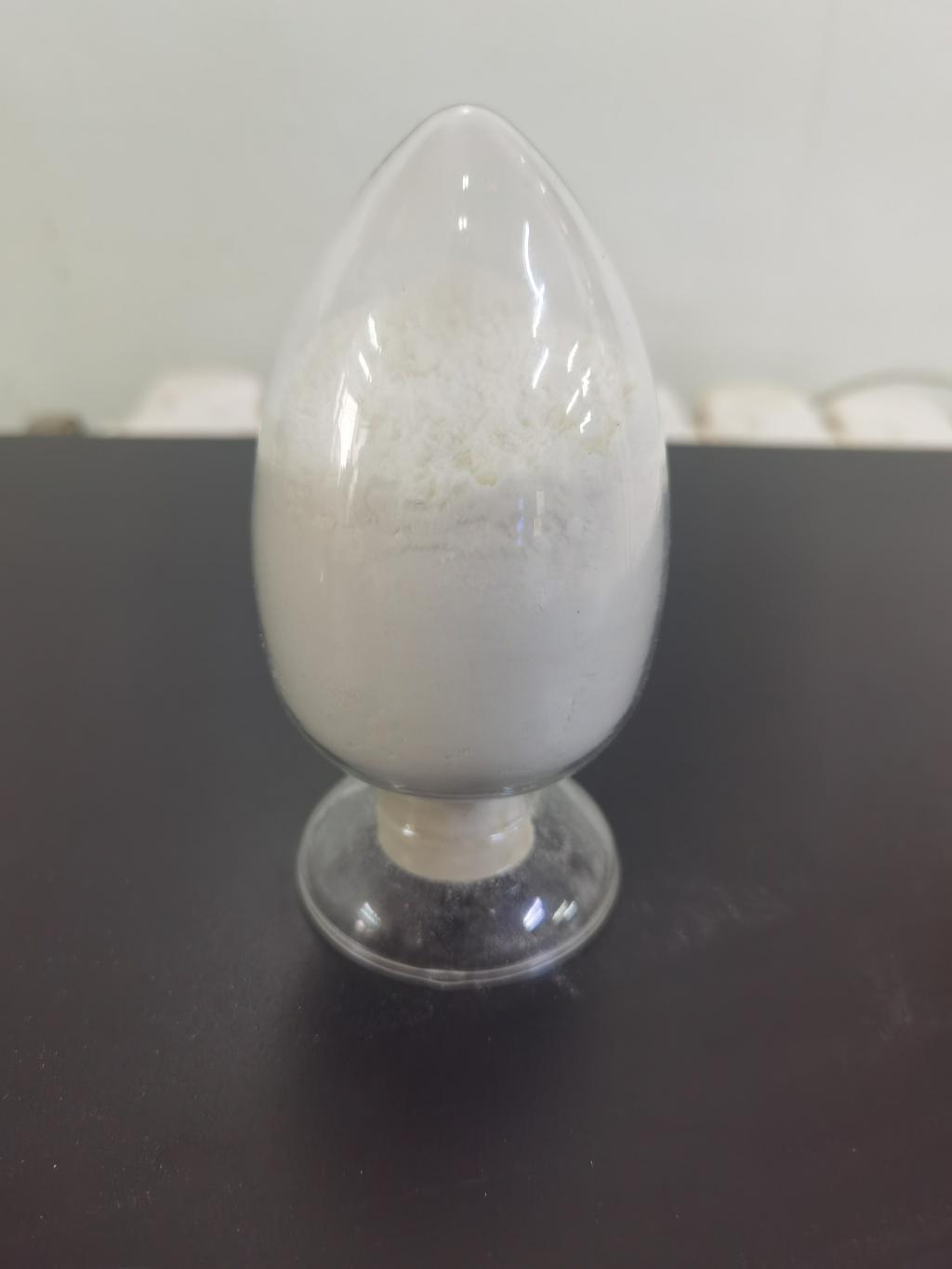Tel:+8618231198596

News
 CONTACT
CONTACT
 CONTACT
CONTACT
- Linkman:Linda Yao
- Tel: +8618231198596
- Email:linda.yao@dcpharma.cn
- Linkman:CHARLES.WANG
- Department:Overseas
- Tel: 0086 0311-85537378 0086 0311-85539701
News
Current Position:
Home >
News
>ε-Polylysine Hydrochloride Minimizing Antibiotic Resistance Transfer in Food Chains.
ε-Polylysine Hydrochloride Minimizing Antibiotic Resistance Transfer in Food Chains.
TIME:2023-10-30
Introduction
Antibiotics have long been used in food production to promote animal growth and control disease. However, the excessive and indiscriminate use of antibiotics in the agricultural and food industries has led to a growing public health concern: antibiotic resistance. Antibiotic resistance, fueled by the transfer of resistance genes between bacteria, threatens our ability to treat infectious diseases effectively.
To address this issue, there is a growing interest in alternatives to traditional antibiotics in food production. ε-Polylysine hydrochloride, a naturally occurring antimicrobial agent, is one such alternative that shows promise in mitigating antibiotic resistance transfer in food chains. This article explores the challenges of antibiotic resistance in food chains, the potential of ε-Polylysine hydrochloride as a solution, its mode of action, and its applications in food preservation. Additionally, it examines the implications of adopting ε-Polylysine hydrochloride for food safety and public health.
Antibiotic Resistance in Food Chains
2.1. The Connection Between Antibiotic Use and Resistance
The widespread use of antibiotics in food production is linked to the emergence of antibiotic-resistant bacteria. Antibiotics are commonly administered to livestock and poultry to promote growth and prevent disease in crowded, unsanitary conditions. This practice provides a breeding ground for antibiotic-resistant bacteria, which can be transmitted to humans through the food chain.
2.2. Antibiotic-Resistant Bacteria in Food
Contaminated food products, including meat, dairy, and produce, can harbor antibiotic-resistant bacteria. These bacteria can survive the cooking process and pose a risk to consumers when ingested. This transfer of antibiotic resistance genes from food to humans is a significant public health concern.
2.3. The Urgent Need for Alternatives
To combat antibiotic resistance, there is an urgent need to reduce the use of antibiotics in food production and explore effective alternatives. ε-Polylysine hydrochloride has gained attention as one such alternative, offering the potential to control pathogenic bacteria without promoting antibiotic resistance.
ε-Polylysine Hydrochloride: An Overview
3.1. Production and Origin
ε-Polylysine hydrochloride is a natural antimicrobial agent produced by some strains of soil bacteria, such as Streptomyces albulus. It consists of a chain of lysine amino acids linked together, forming a polypeptide. This compound has a long history of safe use in the food industry.
3.2. Mode of Action
ε-Polylysine hydrochloride exerts its antimicrobial activity by disrupting bacterial cell membranes. It binds to the negatively charged components of the cell membrane, leading to membrane permeabilization, leakage of cellular contents, and ultimately, cell death. This mode of action is highly effective against a wide range of bacteria, including both Gram-positive and Gram-negative species.
Applications in Food Preservation
4.1. Meat and Poultry
One of the primary applications of ε-Polylysine hydrochloride is in meat and poultry preservation. It can inhibit the growth of pathogenic bacteria, such as Salmonella and E. coli, in these products, enhancing their safety and shelf life.
4.2. Dairy Products
Dairy products, such as cheese and yogurt, are prone to spoilage by lactic acid bacteria. ε-Polylysine hydrochloride is effective in preventing the overgrowth of these bacteria, ensuring product quality and stability.
4.3. Bakery Products
In bakery products, mold and yeast contamination can lead to spoilage and food waste. ε-Polylysine hydrochloride is used to control these microorganisms, extending the shelf life of baked goods.
4.4. Beverages
In beverages, such as fruit juices and soft drinks, microbial contamination can lead to off-flavors and quality deterioration. ε-Polylysine hydrochloride can be employed to prevent such contamination, preserving the taste and freshness of beverages.
Implications for Food Safety and Public Health
5.1. Reducing Antibiotic Resistance
By replacing or reducing the use of antibiotics in food production with ε-Polylysine hydrochloride, there is a significant opportunity to mitigate the transfer of antibiotic resistance genes through the food chain. This can contribute to improved public health outcomes by reducing the prevalence of antibiotic-resistant infections.
5.2. Enhanced Food Safety
The use of ε-Polylysine hydrochloride in food preservation enhances food safety by controlling pathogenic and spoilage microorganisms. Consumers can have greater confidence in the safety and quality of food products, leading to a reduction in foodborne illnesses.
5.3. Sustainability and Environmental Impact
The adoption of ε-Polylysine hydrochloride aligns with sustainable and environmentally responsible food production practices. It minimizes the environmental impact associated with antibiotic use and reduces the need for chemical preservatives in food products.
Conclusion
Antibiotic resistance in food chains is a pressing issue with far-reaching implications for public health. The overuse of antibiotics in food production has contributed to the proliferation of antibiotic-resistant bacteria, posing a serious threat to effective disease treatment.
ε-Polylysine hydrochloride, a naturally occurring antimicrobial agent, offers a promising solution to this challenge. Its mode of action, which disrupts bacterial cell membranes, makes it a potent alternative to antibiotics for controlling pathogenic and spoilage microorganisms in food production.
The adoption of ε-Polylysine hydrochloride can lead to improved food safety, reduced antibiotic resistance transfer in food chains, and more sustainable food production practices. As we address the global challenge of antibiotic resistance, ε-Polylysine hydrochloride emerges as a valuable tool in safeguarding public health and the quality of food products consumed worldwide.
- Tel:+8618231198596
- Whatsapp:18231198596
- Chat With Skype







